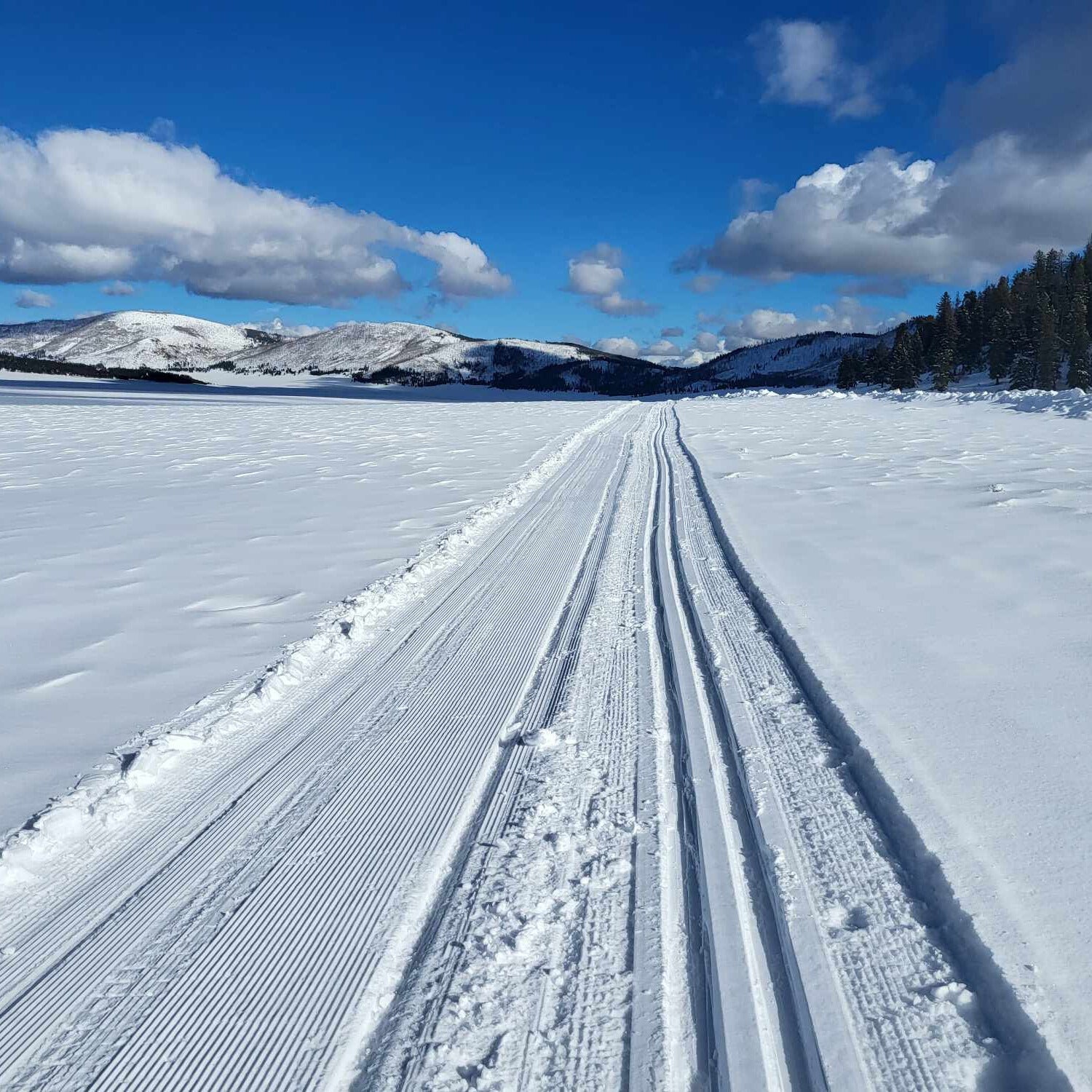Your Cart is Empty
accepting gear drop offs Mon-Sat 10am-5pm. No Consignment acceptance on Sundays.
accepting gear drop offs Mon-Sat 10am-5pm. No Consignment acceptance on Sundays.

When it comes to spending time outdoors, a good jacket makes all the difference. No matter your sport or goal, a jacket serves as your first line of defense against the elements.
That said, there are a LOT of jackets out there, in different styles, materials, weights, and water proofness. How do you know which is best for you? We put together this guide to help you sort out what jacket you need and when you should whip it out.
Keep in mind that these jackets can be ridiculously expensive, and buying a ski jacket, rain jacket, puffy, light puffy, and a wind jacket new can easily mean you run up a tab of $2,000 or more. What’s the solution? Qualityused gear in Durango from Durango Outdoor Exchange.
Hardshell jackets
Hardshells are designed to protect you from wind, rain, and snow. Typically made from waterproof and breathable materials like Gore-Tex, these jackets are perfect for rainy hikes, skiing in snowy conditions, or high-altitude outings. They offer excellent protection from the elements but are less insulated, which means they are best paired with something underneath. Hardshells are often used in combination with softshells for a layering system that adapts to changing conditions. You can also find insulated versions.
Softshell jackets
Softshells are more flexible and breathable than hardshells, offering a combination of windproof and water-resistant protection. While they’re usually not fully waterproof, softshell jackets are great for activities that involve a lot of movement, such as rock climbing, cross-country skiing, or trail running. They provide excellent freedom of movement and are a good option for moderate conditions. Softshell jackets also have a more casual, comfortable feel, making them suitable for both outdoor activities and everyday wear. You can also find insulated versions.
Insulated jackets
Insulated jackets are designed to keep you warm in colder conditions, whether you’re hiking in the winter, climbing a mountain, skiing, or driving a 1989 Subaru DL wagon. These jackets are filled with materials like down or synthetic insulation, which trap body heat. Down is lightweight and compressible, making it easy to pack, but can lose their insulating properties when wet. Synthetic insulation, on the other hand, performs well in wet conditions but may be bulkier than down. You can find insulated jackets for a variety of conditions, from summer weights perfect for cool mornings to heavily insulated jackets suitable for the Arctic. Newer versions of natural or synthetic down jackets can also be waterproof.
Fleece jackets
Fleece jackets are known for their lightweight warmth and comfort. Made from soft, synthetic fibers, fleece is breathable and wicks moisture away from the body. This makes fleece ideal for layering in cold, dry conditions or as a standalone option in milder temperatures.
Outdoor gear can be expensive, but that doesn’t mean you have to spend a fortune to stay comfortable and protected. Durango Outdoor Exchange is an excellent place to find gently usedoutdoor jackets in Durango, from insulated down jackets to hardshells and softshells. Buying used not only helps you save money but also supports sustainable practices by recycling gear. This is your chance to get top-tier brands at a fraction of the price.
Used jackets can come in all sorts of conditions and are priced accordingly, so make sure to carefully look at your used jacket before buying it. Things to look at include zippers, tears, stains, odors, and wear and tear. Durango Outdoor Exchange is the used gear store that gets you the outdoor gear you need while saving money and supporting sustainability.

Work crews were busy over the off season making changes to ski areas across the region. While the hoped-for new lifts at Purgatory aren’t going to spin, there are plenty of reasons for you toget some wax (or new skis) from Durango Outdoor Exchange and hit the slopes this winter.

Thanksgiving is almost here–and skiing this early is always a gamble. Here are some non-skiing warm(er) weather destination ideas for the long break.

Just a couple hours from Durango, Valles Caldera is a great cross-country skiing destination, with surprisingly good snow and very few visitors.
Valles Caldera National Preserve is a popular hiking destination in the summer and a surprisingly great skiing destination in the winter.